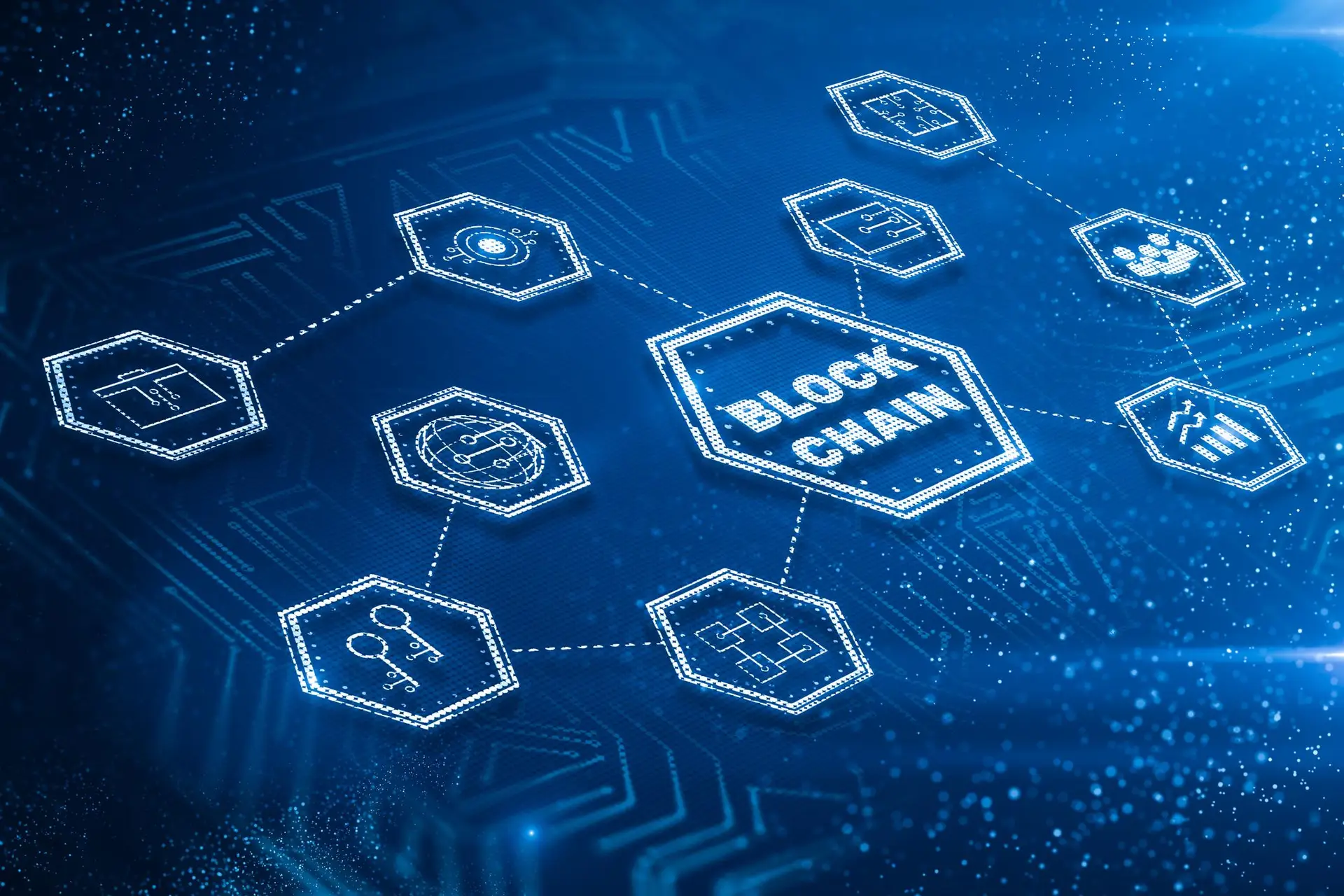One of the key principles of the new generation digital economy is considered to be decentralization in cryptocurrency and blockchain. The term refers to the distribution of control among network participants without a single governing center. Unlike traditional models where decisions are made by banks, government structures, or private companies, autonomous systems are based on algorithms, cryptography, and consensus.
The concept of decentralization in cryptocurrency means that no entity can unilaterally block a transaction, alter data in the registry, or interfere with user actions.
Why is decentralization in cryptocurrency and blockchain becoming the foundation of a new financial system?
In a global environment of distrust towards centralized institutions, there is a growing interest in platforms where governance is structured differently. It is the independent architecture of the blockchain that provides fundamental advantages: transparency of operations, immutability of data, and independence from external pressures. Additionally, every transaction becomes part of a distributed ledger, accessible for public viewing.
Amidst the instability of the traditional economy, decentralization in cryptocurrency and blockchain emerges as an alternative capable of replacing intermediaries such as banks, notaries, or exchanges. Instead, smart contracts and open protocols are used, automatically executing programmed conditions.
Advantages of decentralizing cryptocurrencies
When choosing a technology for storing and exchanging digital assets, it is worth considering the advantages that build trust in independent systems. The main ones include:
- high degree of independence from government regulation;
- impossibility of retroactive data manipulation;
- democratic decision-making through voting;
- reduced costs for maintenance and intermediary fees;
- global access and equal conditions for network participants.
These advantages explain why decentralization in cryptocurrency and blockchain is perceived as a step towards financial freedom. Unlike traditional institutions, autonomous projects are focused not on control but on trust through technology.
Disadvantages and risks of decentralized systems
Despite the obvious benefits, it is important to consider the weaknesses of the technology. Below are the key disadvantages and vulnerabilities accompanying independent models:
- slow transaction processing speed compared to centralized solutions;
- high energy consumption in certain consensus models;
- difficulty in scaling with an increasing number of users;
- challenges in integrating with legal mechanisms and institutions;
- high volatility levels of cryptocurrencies based on decentralized principles.
Therefore, opting for an autonomous transaction system requires a thoughtful approach. The technology is still young and susceptible to vulnerabilities that require constant refinement and analysis.
Security and irreversibility: the foundation of trust in blockchain
One of the main reasons for the growing interest in crypto networks is reliability. The absence of intermediaries in management ensures the impossibility of altering already confirmed information. Each operation is recorded in a chain of blocks and cryptographically secured. Once confirmed, the data becomes irreversible.
This approach completely eliminates the possibility of rolling back a transaction at the request of a bank or external operator. This is why decentralization in cryptocurrency and blockchain is applied in international transfers, financial contracts, and digital asset management.
Regulation and challenges for legal systems
Self-governing technologies challenge traditional control mechanisms. On one hand, this provides freedom to users, but on the other hand, it raises concerns from governments. The lack of a central authority makes intervention, asset circulation restrictions, and tax control implementation complex.
However, in some countries, attempts are being made to establish hybrid models where relinquishing centralized control is combined with basic regulatory norms. These are known as “regulatory sandboxes,” where new models are tested without legislative pressure.
Why does a self-governing crypto network operate even in a crisis?
Classic systems often demonstrate vulnerability to external shocks: political, economic, or technical. In contrast, decentralization in cryptocurrency and blockchain distributes failure points throughout the network. In the event of an attack, some nodes continue to operate, and the overall registry maintains its integrity.
This architecture has proven its effectiveness in conditions of sanctions, shutdowns, and cyberattacks. Due to the absence of a single operator, the network continues to function even during widespread failures.
Where is independent blockchain architecture already being applied today?
In practice, the abandonment of centralized control is already being used in many areas, from finance to logistics. The following are areas where the technology brings real benefits:
- decentralized exchanges (DEX) allowing trading without intermediaries;
- NFT platforms with independent rights storage for digital assets;
- P2P lending systems with minimal costs;
- autonomous data storage resistant to censorship;
- voting and DAO governance in Web3 projects.
In each of these areas, decentralization in cryptocurrency and blockchain addresses specific tasks, reduces operational costs, and enhances trust in the infrastructure.
Decentralization in cryptocurrency and blockchain: key takeaways
The modern market is increasingly moving towards distributed architectures with no central control and dependencies on external forces. Decentralization in cryptocurrency and blockchain is not just a technological trend, but a philosophy of transparency, resilience, and digital autonomy.
Despite its complexity, this model offers real advantages: cost reduction, data protection, security, and resilience to risks. It is important to understand its weaknesses, including slow transactions, weak legal protection, and integration challenges with traditional structures!
 en
en  ru
ru  de
de  ar
ar  es
es  nl
nl  hi
hi  fr
fr  it
it  pt
pt  el
el 



